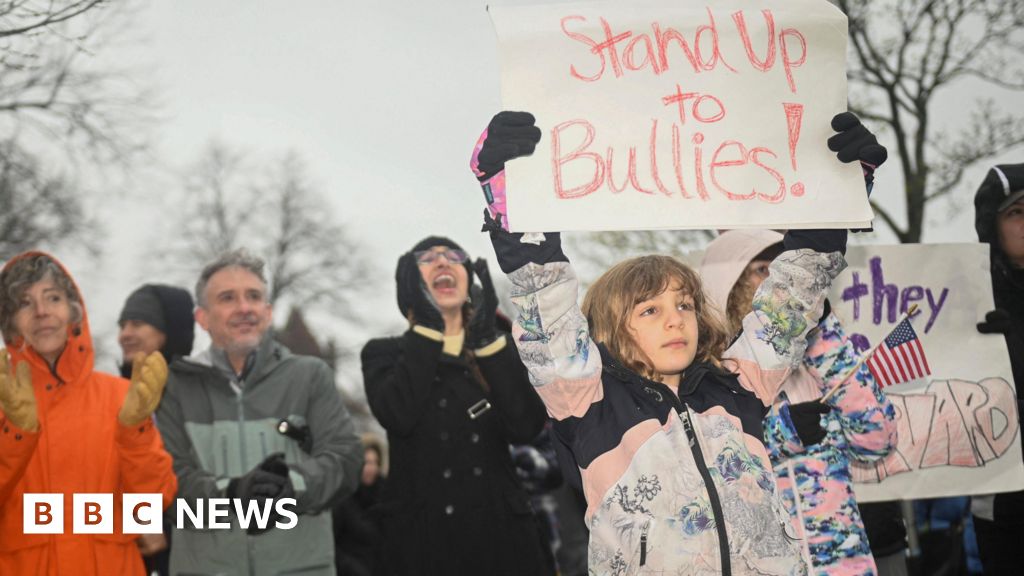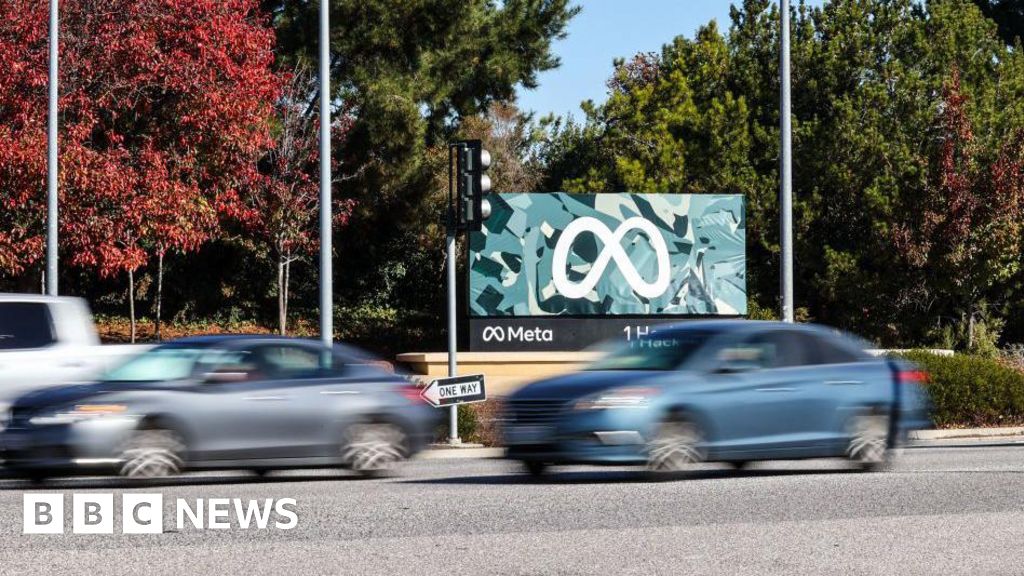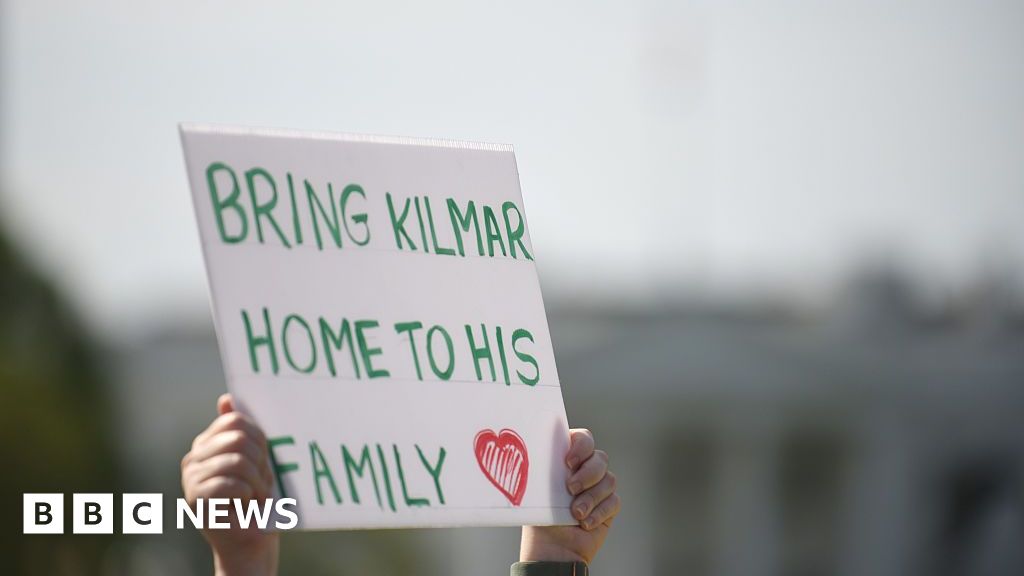ARTICLE AD BOX
By Jessica Murphy
BBC News, Toronto
This summer's extreme heatwave in western Canada and the Pacific Northwest was linked to hundreds of deaths. How can cities better prepare for dangerously high temperatures?
Shane Sanders says it was some of the worst working conditions he's ever experienced in his eight-year career.
The paramedic was on 12-hour shifts in a Vancouver suburb during the record-shattering heatwave in late June.
He and his colleagues were "dripping through their uniforms, taking their shirts off just to cool down" and "kicking back as much water as they could between calls" in 35C (95F) temperatures, without factoring in humidity.
"There were paramedics puking outside after calls because they were so fatigued and rundown - just getting heat exhaustion symptoms themselves," he says.
A few times he ended up treating more than one patient during calls, because the wait for an ambulance meant more people in a home had been overcome by heat once they arrived, he says.
Troy Clifford heard similar stories from other paramedics: one who treated an elderly woman whose home had reached a broiling 50C, another who responded to 11 cardiac arrest calls in just one shift.
Clifford, president of the Ambulance Paramedics of British Columbia union, called the extreme heat a "perfect storm" for the paramedic services in the province, which were already straining under staffing shortages and increased call volumes during the Covid pandemic.
At some points during the heatwave, there were waits of an hour or more for critical calls coming into the dispatch centre, he says.
From 25 June to 1 July, over 700 deaths were reported to the BC coroner's office - three times the normal amount - the majority of which are believed linked to the extreme heat.
The province and its health services were both pushed to explain why they weren't better prepared - and Vancouver has since vowed to implement a plan to be ready for when temperatures spike again, like they are expected to through this weekend
Heatwaves are becoming more likely and more intense because of human-induced climate change, but have often taken a back seat when it comes to how cities prepare for extreme weather.
The world has already warmed by about 1.2C since the industrial era began, which "doesn't sound like much", says Columbia University climate scientist Radley Horton, but it has "profoundly shifted the statistics of heatwaves, making them much more common, much more extreme and much longer duration".
image sourceGetty Images
image captionEven at 19:00, temperatures in Death Valley this July remain highThe US Centers for Disease Control and Prevention estimates that over 600 Americans die each year from extreme heat, and some estimates place that figure much higher.
While heatwaves are among the worst climate-related threats to human health, it's only in recent years that cities have become more concerned with their dangers.
"Cities are in a wide range of readiness for heat - some are superstars and some are racing to catch up," says Kathy Baughman McLeod, director of the Adrienne Arsht-Rockefeller Foundation Resilience Center.
People in Phoenix, Arizona, are used to high temperatures, says deputy city manager Karen Peters. Still, the city had its hottest summer on record last year and it is now setting up something they believe to be the first of its kind in the US: an Office of Heat Response and Mitigation.
"This is a desert city - we need to live in harmony with our environment and we always have. It's just getting to be a more harsh environment over time," says Peters.
"We're all looking around and understanding we need to develop resilience and adapt to changing conditions and we are trying to be out in front of that."
Other cities have begun looking at similar models, like Florida's Miami-Dade County, which recently hired a chief heat officer.
Horton also praises cities like New York and Philadelphia for implementing robust "street level" community outreach to help care for the most vulnerable during heatwaves.
Air conditioning is one of the best tools for relief from the heat. One of the factors that made the western US and Canada heatwave so dangerous was that only about half the population in the usually temperate region has home air conditioning.
In places like Phoenix, it's near ubiquitous, but Peters notes it can be a struggle for some to afford and is unavailable to the city's homeless population.
This summer, one creative solution being tested in Phoenix is parking air conditioned busses in places they know people might not have access to a place to cool off.
Cities must also plan for power outages that could knock out air conditioning. In Florida in 2017, 12 people died in a home for the elderly during a heat wave when a hurricane cut the power. Nursing homes there must now have backup generators with four days of power available.
One key public health component is making sure people take the heat seriously and teaching them easy ways to stay cool and spot the early signs of heat stroke.
Cities are also looking at urban designs that can help reduce the build-up of heat.
Phoenix has miles of "cool" pavements and public buildings have "cool" roofing, which use things like reflective materials that prevent that heat build-up. Typical asphalt or concrete absorb heat and then warm the surrounding environment.
Miami-Dade County and Phoenix both plan to significantly increase the amount of trees to provide more shade and to reduce heat absorption.
Extreme heat waves like this summer's can bring attention to an issue and help drive change, says the University of Toronto's Alexandra Rahr, who studies how people look at natural disasters.
Policy changes at local and federal levels can make a difference, she says, but people also need to stop seeing them as an aberration.
"We are living in a disastrous era, a disastrous moment," says Rahr. "If we keep thinking about natural disasters as something that gets done to us, then we're stripped of the ability and the responsibility to make it better."
Columbia University's Horton says that with climate change, we need to consider plans for multiple problems at once - for example heat alongside the possibility of wildfires and wildfire smoke affecting a region.
There is also unpredictability.
"The more we turn up the dial on greenhouse gas emissions the less we can trust that our models are really capturing the full range of possible outcomes," he says.
The last few years have been a wakeup call.
"We need to have more imagination and think about possibilities with climate change that are outside our everyday experience," he says.
"It's time to not base our planning for the future solely on what we've experienced in the past."

 3 years ago
142
3 years ago
142








 English (US) ·
English (US) ·